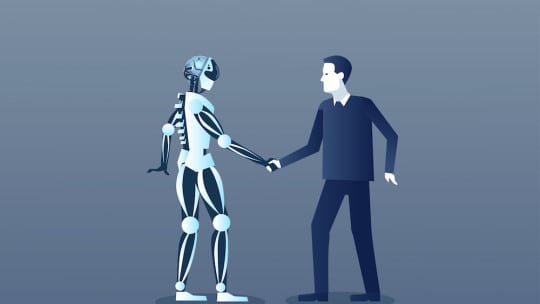
Trend lines are moving toward one-to-one communication on platforms like Facebook Messenger, Kik and Whatsapp. Use of chat apps has actually surpassed the use of social media recently. "What that means is that we're seeing a seismic shift in expectations of user experience" in brand interactions, said Weber Shandwick's David Aglar at PR News' July 20 Facebook for Communicators Boot Camp in New York. Aglar, who is the agency's EVP and social media lead, North America, emphasized that more and more, users prefer a conversation to web browsing for their shopping and customer service needs.
But for brands with large audiences, responding to each comment personally can be a nigh-impossible task. Enter the chatbot, a technology that's rapidly coming into its own and turning into a valuable communications asset.

"Game of Thrones" is a great example: HBO launched a chatbot in advance of the show's Season 7 premiere that allowed fans to ask which characters were alive or dead and other aspects of the show to refresh their memories. This is just one of endless applications for brands: Commerce, customer service, information, utility and just plain fun are all within the capabilities of chatbots—depending on how smart they are.
Aglar classifies chatbots into three basic types. The first is a "flow" chatbot. This is the easiest kind to build yourself. They're logic-tree based, usually involving multiple-choice questions that users can answer (think "Choose Your Own Adventure") as opposed to a user's free typing. The cost of entry and the expertise required to build this type of bot can be incredibly low. Chatfuel, for instance, is a platform that allows you to build and launch a bot for Facebook Messenger without coding (in seven minutes, it claims).
Artificial-intelligence-based chatbots represent a leap in interactivity. Usually these are built on a platform like IBM's Watson. They make for much freer back-and-forth conversation that is not possible with flow-based chatbots. AI is not advanced enough to answer every question, but the amazing thing about this sort of AI is that it can assess how confidently it can answer a question, and if its confidence is below a certain percentage, it can defer that question to a human on the communications staff—and then learn from the human's answer for future use.
The third type is the hybrid chatbot, a combination of the above, which is the most common today. Hybrid chatbots drive down a specific path but allow for some amount of free interaction.
The newly launched Messenger Discover is a big way that users are finding these chatbots, and scan codes (akin to a QR code or Snapchat's Snapcodes) also represent an opportunity for discovery. Imagine looking at an appliance in a department store, scanning a code with your smartphone and instantly conversing with a chatbot that can tell you more information about it before you decide to buy.
So, where is this going? What's next? "The real accelerant is voice," said Aglar. Siri, Cortana and Alexa are names everyone is familiar with and represent an explosion in the popularity of speaking to devices. This is because the software has arrived: IBM announced in March 2017 it had achieved 5.5% error rate for language recognition, which sounds more impressive when you realize that a human's error rate is 5%. AI voice recognition will soon—as in, next year—exceed human capability.
All of these trends are converging. Brand possibilities are endless, and the sooner you can get an AI chatbot learning about what your audience is asking and its sentiments about your brand, the more data you will have available and the more ready you will be for prime time in 2018 or 2019.
"In the next five years I expect 90% of brands to be using chatbots, because it's user-driven and audiences are going to be expecting it," said Aglar. Combine that with the potential savings chatbots represent in terms of customer service manpower, and brands are urged to learn to love the chatbot sooner rather than later.
Follow Ian on Twitter: @ianwright0101
